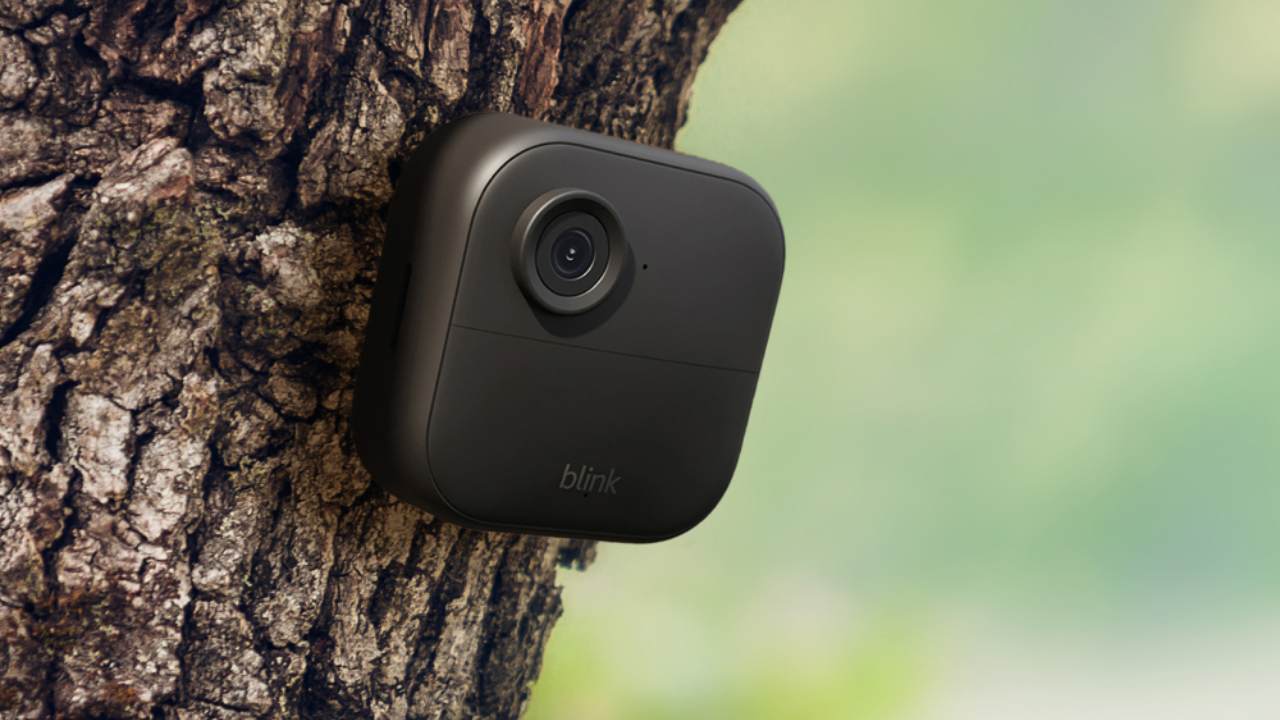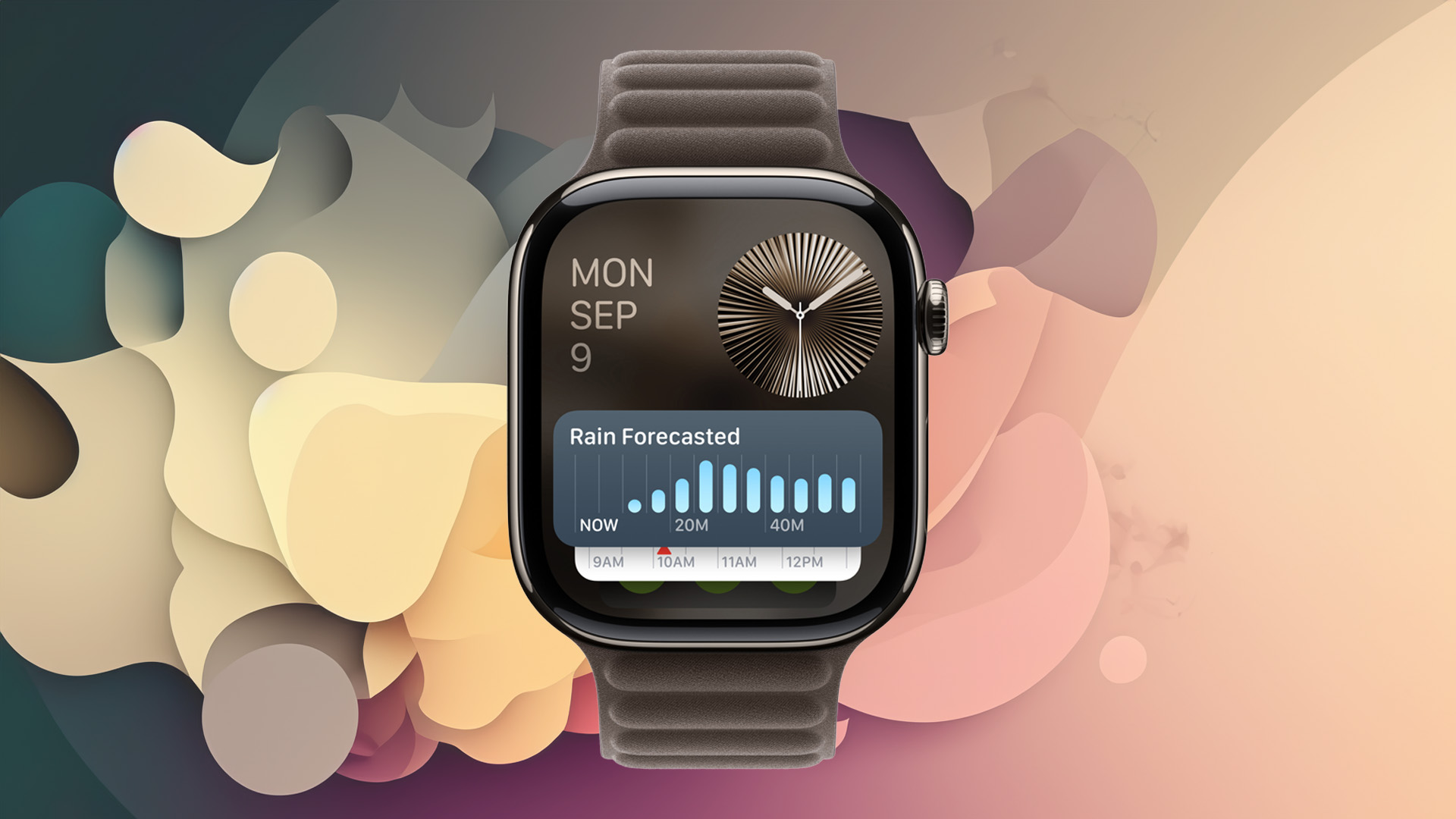
In a darkened room at Bowers & Wilkins' headquarters, in Worthing, UK, I'm sat staring at the Philips OLED+937 TV. Staring in disbelief, really, as this TV is without doubt the best-sounding straight-from-the-box set that I've ever heard. It really is phenomenal what it can do with Dolby Atmos object-based content from the off.
I'm not just saying that on a whim either: I've previously owned a Panasonic JZ2000, which also incorporates a significant Dolby Atmos sound system (albeit more to its rear), but the Bowers & Wilkins magic on this Philips OLED+937 is something else.
I'm surprised, frankly, as my brother owns a Philips OLED+806 and, for my money, that set's integrated sound system is massively over-praised and flits somewhere between muddy and hollow, treating different sources in a way that just lack consistency. The OLED+937, however, is a whole other kettle of fish.
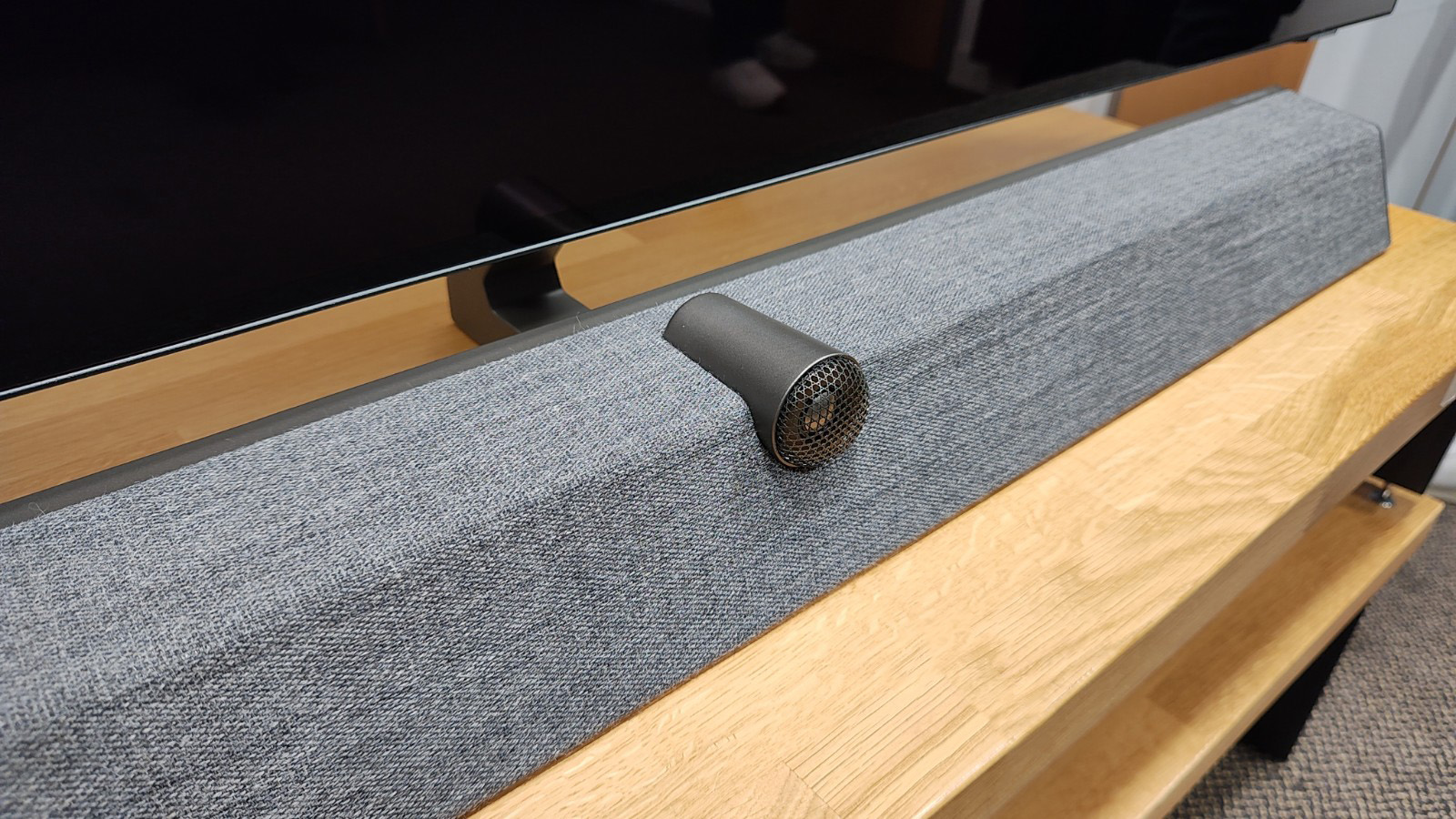
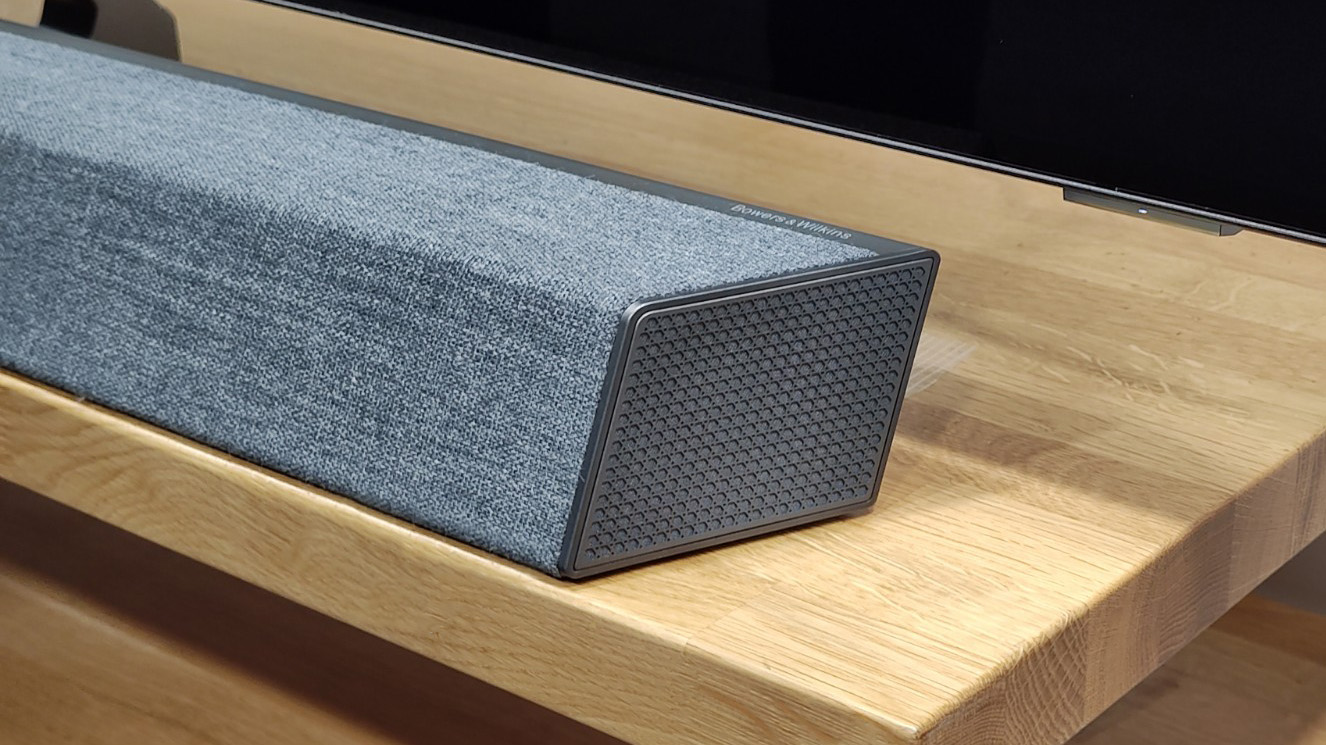
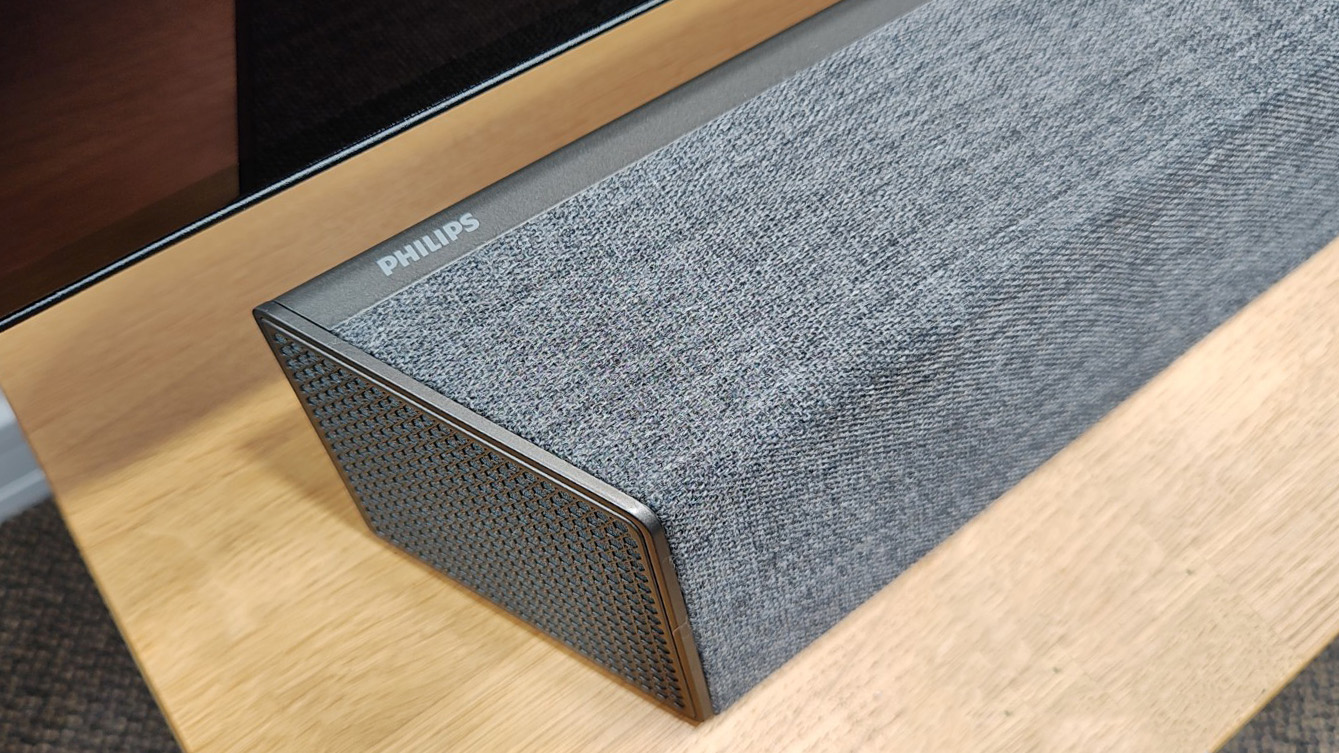
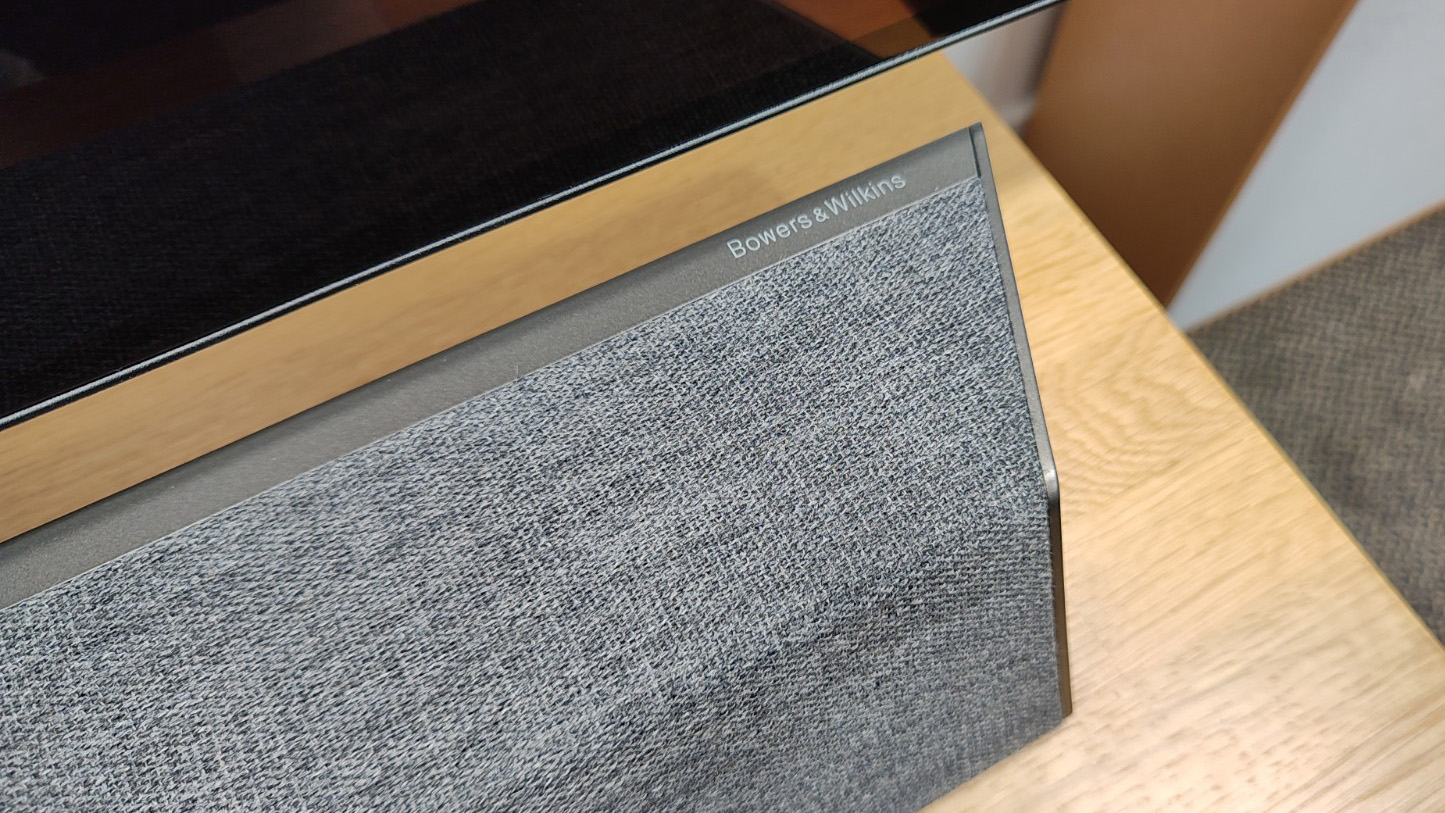
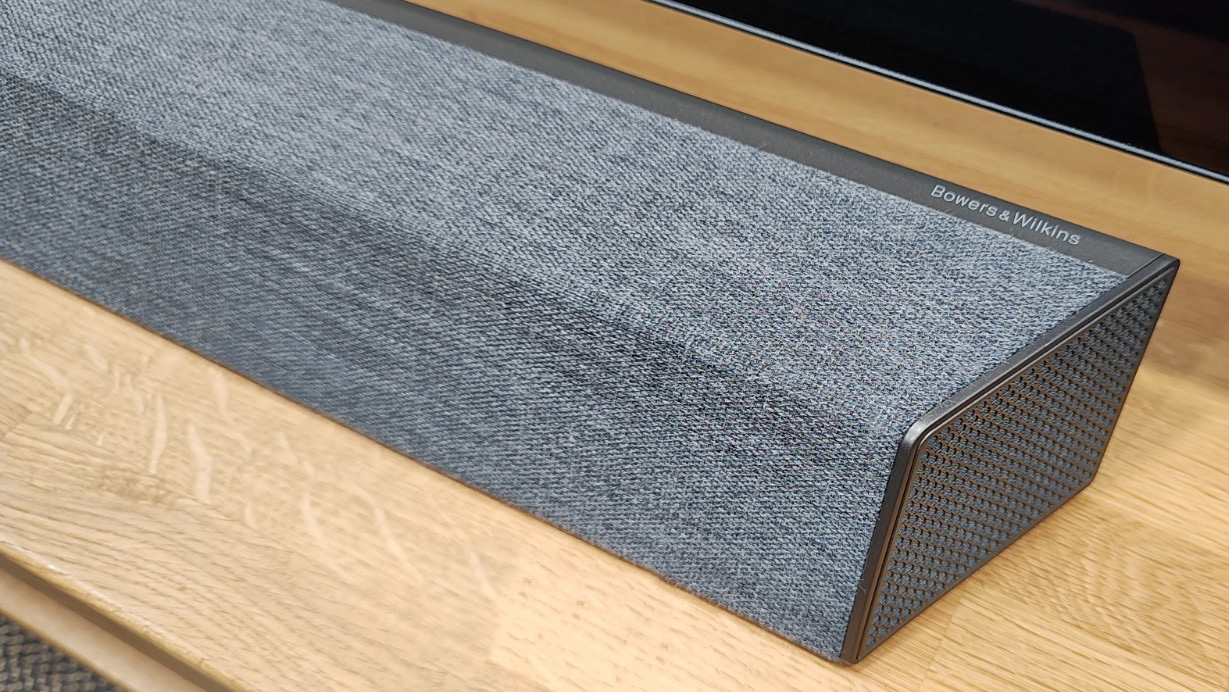
So just why is the Philips OLED+937 so endearing on the ears? It's all down to the Bowers and Wilkins supplied speaker system, that bit on the front which most would call a soundbar. Its very point is to ensure you needn't go and buy a separate best soundbar option for your TV. And I can relay once again how very well it succeeds in this task.
The speaker is arranged in a 5.1.2 setup. That means there's five speakers to handle centre, left, right and side left/right output, but also one woofer to deliver central bass, and two upfiring speakers to deliver height. It's those last two that really perform the magic, as they can reflect from surfaces and effectively place sound as if it's over and even behind you.
Now, I know Bowers & Wilkins has treated listening rooms. After all, they're audio experts. So the room I listened in was just right for the job, of course, but it shows that an integrated sound system can truly deliver Dolby Atmos with convincing rear presence. That's really rare in my experience, save for some of the best soundbar options on the market. So, ideal room or not, I'm totally sold on this whole sound setup, it's without rival at present.
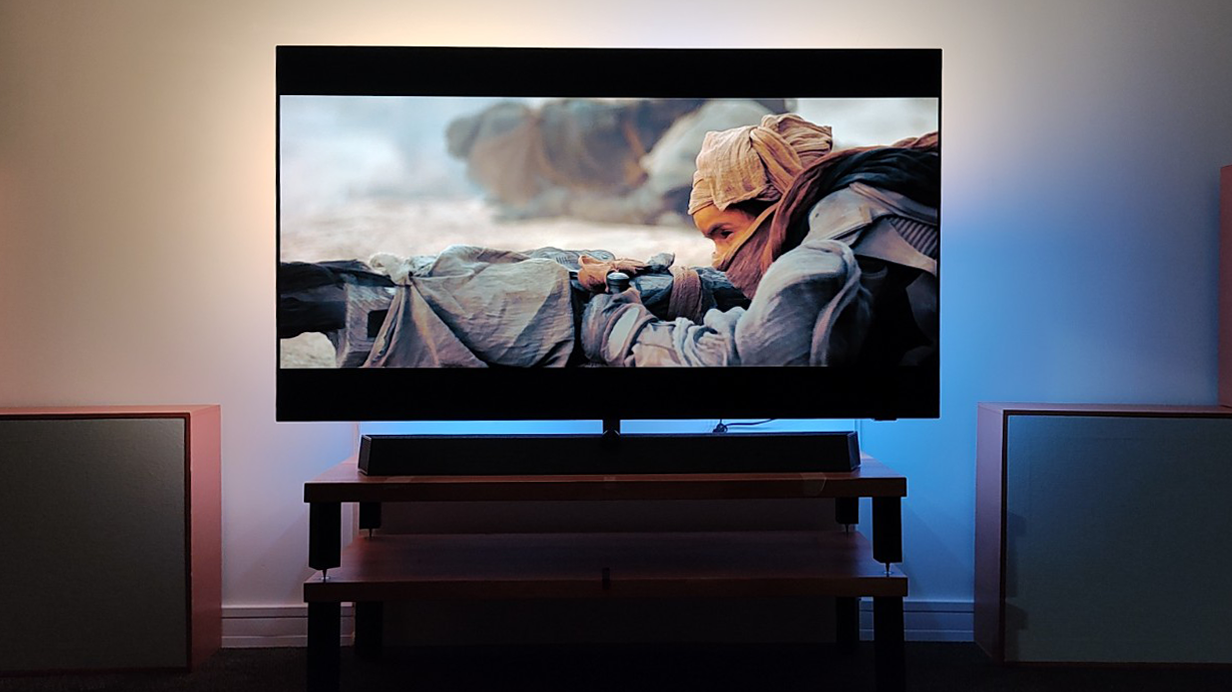
That's not all, of course, as the Philips OLED+937 also happens to be a stonkingly brilliant feast for the eyes too. Based around LG's EX OLED panels, the latest tech is brighter than before (up to 1300 nits apparently), delivering an even more punchy image. And let's not forget the inclusion of Philips' Ambilight tech that projects real-time illumination beyond the panel and onto surrounding surfaces for an even more immersive experience.
Sign up to the T3 newsletter for smarter living straight to your inbox
Get all the latest news, reviews, deals and buying guides on gorgeous tech, home and active products from the T3 experts
Watching scenes from Dune was really quite something else. Here it's the 65-inch model that you see pictured, but there's also a 77-inch OLED+937 available, which uses the same sound system structure, albeit slightly retuned to help match the larger screen size. Pair that with the 80W of total output and it's a cinematic dreamboat.
No doubt it'll be outside of my budget (the 65-inch will be circa £/$3,700), but if you can negate the cost of a soundbar then, heck, that could be worth splashing out on... or maybe I'll have to look at the cheaper current-gen OLED+936, see below, in 48- or 55-inch form (which, as a 3.1.2 system, still sounds great, as we said in our review).

Mike is T3's Tech Editor. He's been writing about consumer technology for 15 years and his beat covers phones – of which he's seen hundreds of handsets over the years – laptops, gaming, TV & audio, and more. There's little consumer tech he's not had a hand at trying, and with extensive commissioning and editing experience, he knows the industry inside out. As the former Reviews Editor at Pocket-lint for 10 years where he furthered his knowledge and expertise, whilst writing about literally thousands of products, he's also provided work for publications such as Wired, The Guardian, Metro, and more.
